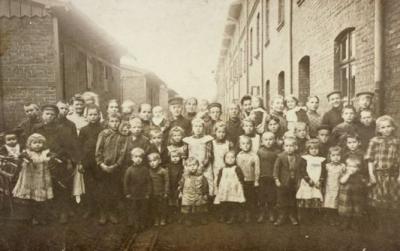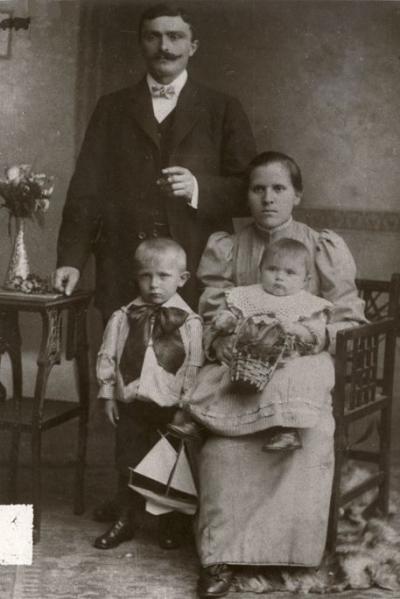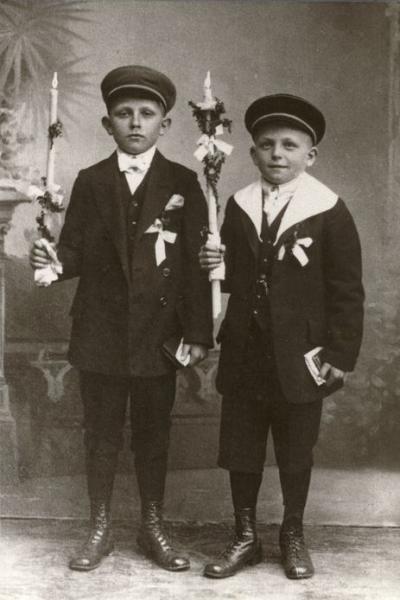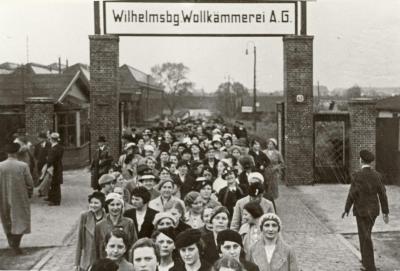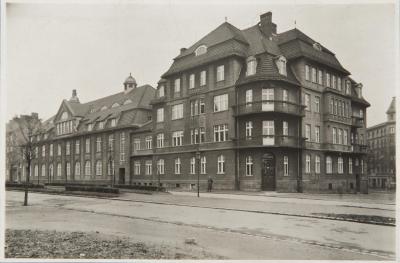Hamburg: Little Warsaw
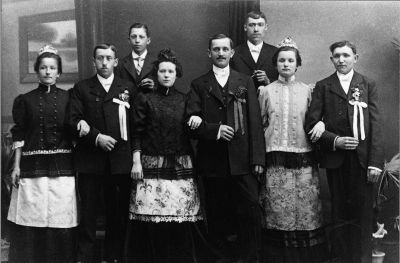
Today Wilhelmsburg is a district in the middle of Hamburg. But in 1900 Wilhelmsburg was an independent parish where the proportion of Polish immigrants in the population rose to over 20% for a short time. It was then that the street called “Alte Schleuse” (Old Sluice) was nicknamed Little Warsaw.
The immigrants could not be officially registered as Poles, because Poland disappeared from the map of Europe between 1795 and 1918 and the country was split up between Prussia, the Russian Empire and the Habsburg Empire. Thus although immigrants from the East either held a Russian, Austrian or for the most part Prussian passport, they felt themselves to be Polish, maintained the Polish culture, and most of all their Catholic religion,. Most of them had come here in search of work and a better life. They came to Hamburg mainly from the region around Poznan. The majority of them were recruited by local firms. That said, it didn’t take much to lure Polish citizens to Hamburg. The political situation in their own land was dramatic, and the economic situation disastrous. As a result of an agricultural crisis at the end of the 19th century and increasing industrialisation many peasants had been reduced to eking out a meagre living by working on the land as day labourers. Hence their hopes for better employment prospects were much greater in Berlin, the Ruhrgebiet and Hamburg.
In comparison to the Ruhrgebiet, Polish migrants only began arriving in Hamburg relatively late, around the end of the 1880s. However, by the end of the 1890s the city contained around 5000 Polish immigrants, most of whom were young. By 1908 this figure had risen to 10,000 and five years later there were over 20,000. Many of them lived on the Elbe island of Wilhelmsburg – in 1897 two thousand, and in 1906 over 3000. And in 1913 there were over 6000 immigrants of Polish origin.
The men worked in the docks and factories, above all in the fishing, chemical and oil industries. They were often given the hardest and most dangerous work, like for example cleaning the ships of clamshells and algae. They carried rocks for the building trade and baked bricks in the brickworks, a backbreaking job in 12-hour shifts. The women were mainly employed in the Hamburg wool combing works. Here too the Polish women were given the hardest and most dangerous tasks: twelve hours on end without a break, under immense physical stress and always in danger of accidents and exposure to harmful materials. Most of the Polish women went out to work; a small minority were housemaids, and only very few worked as sales women or in the craft trade.
One Polish woman later recalled her work in Wilhelmsburg in the following manner: “I was employed in the wool combing works. Here almost all the workers were women. Men brought the raw wool which came in big ships all the way to the Reiherstieg (translator’s remark: a branch stream of the Elbe). It was terrible in the wool combing works because it was so hot. […] The machines were so loud that you couldn’t hear yourself speaking, let alone understand the other women. And when the foreman came round he was forced to bellow at us, otherwise we wouldn’t have understood a word. […] I also had to do my usual work at home, washing and cooking. We women often wondered how we managed it all. How did we get the work done?”
